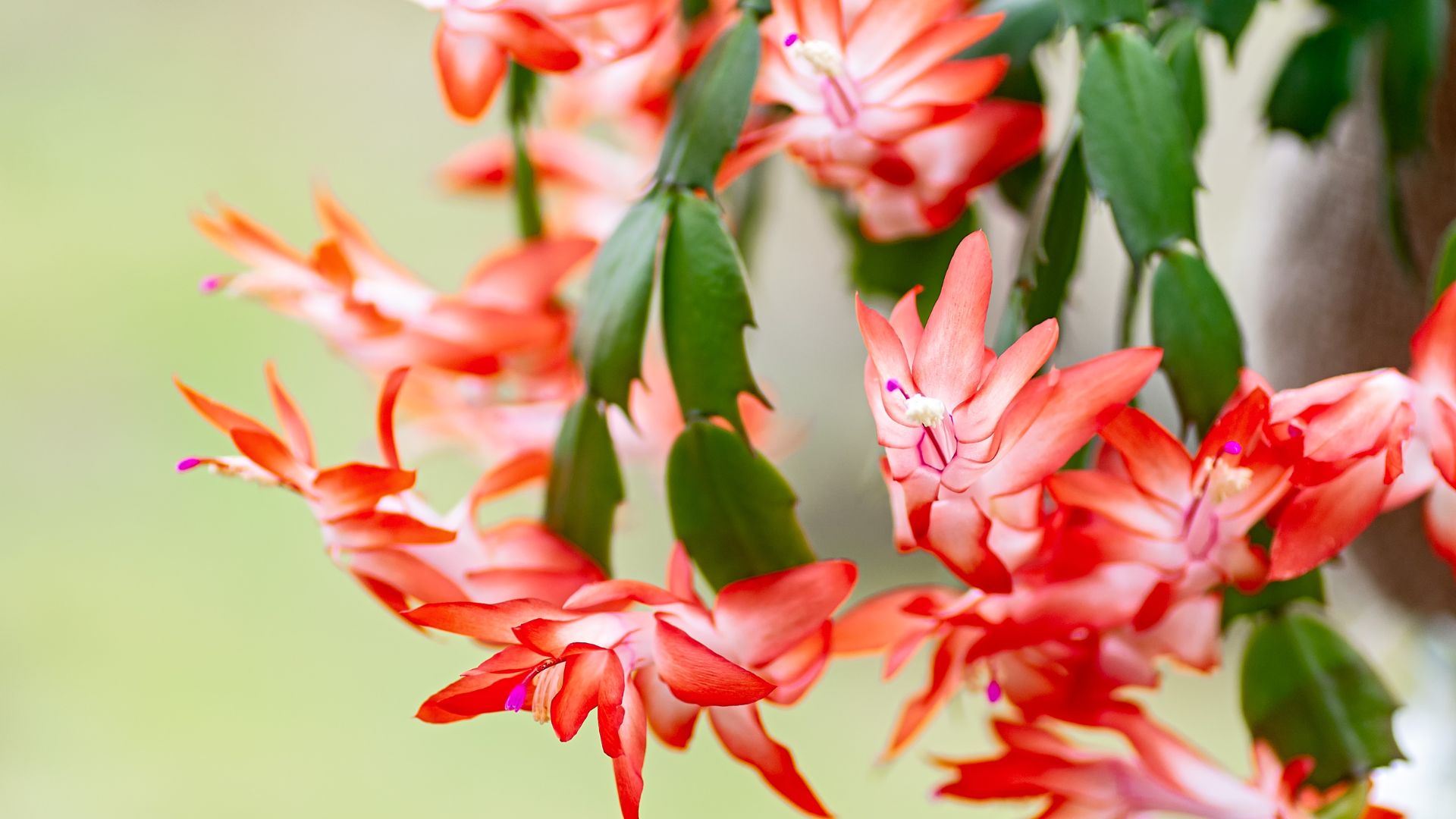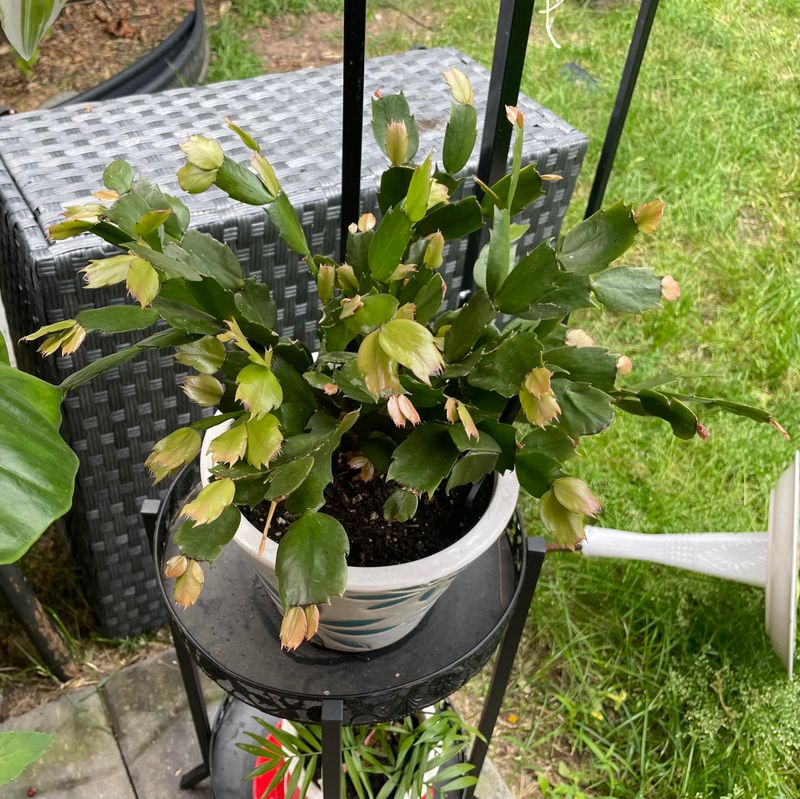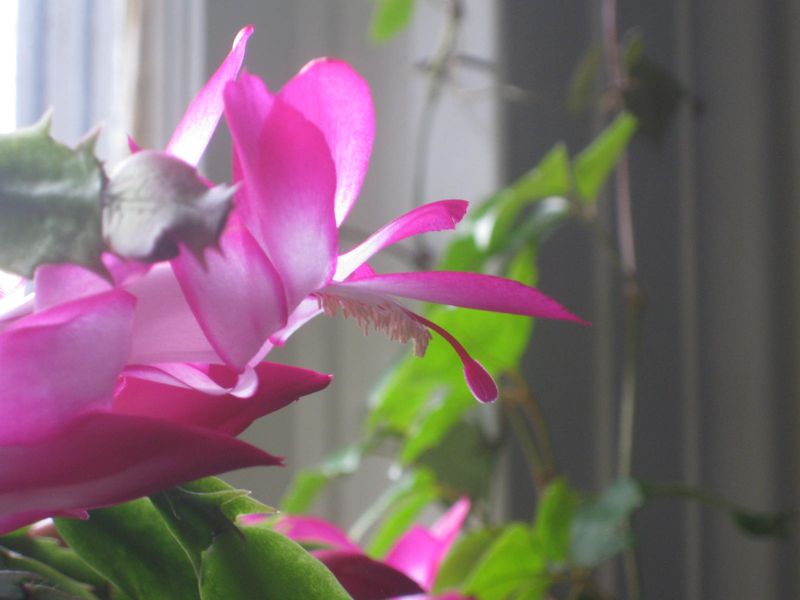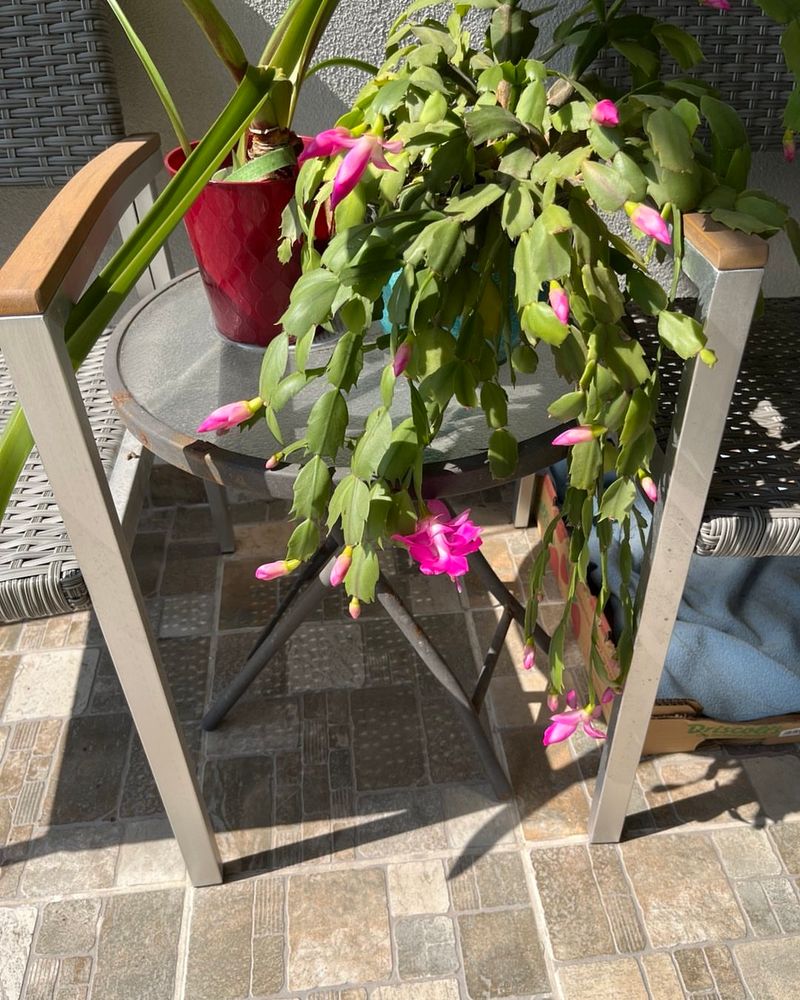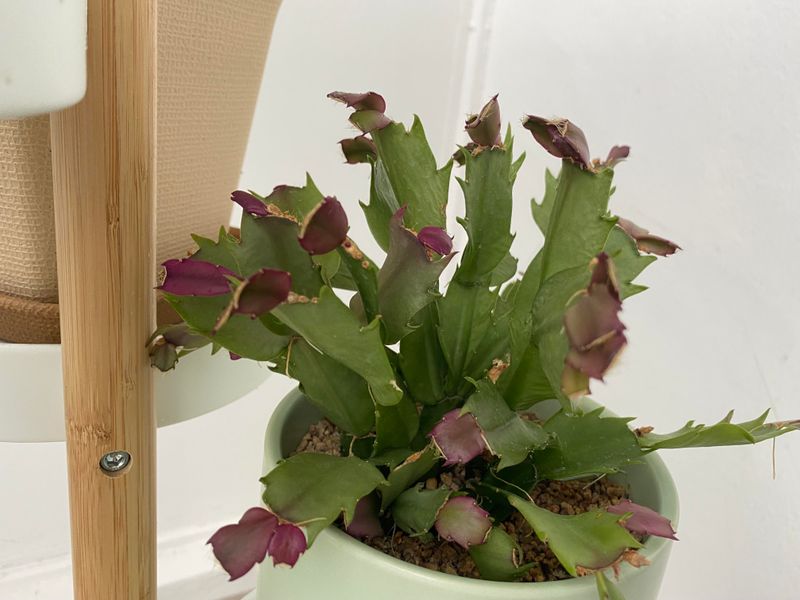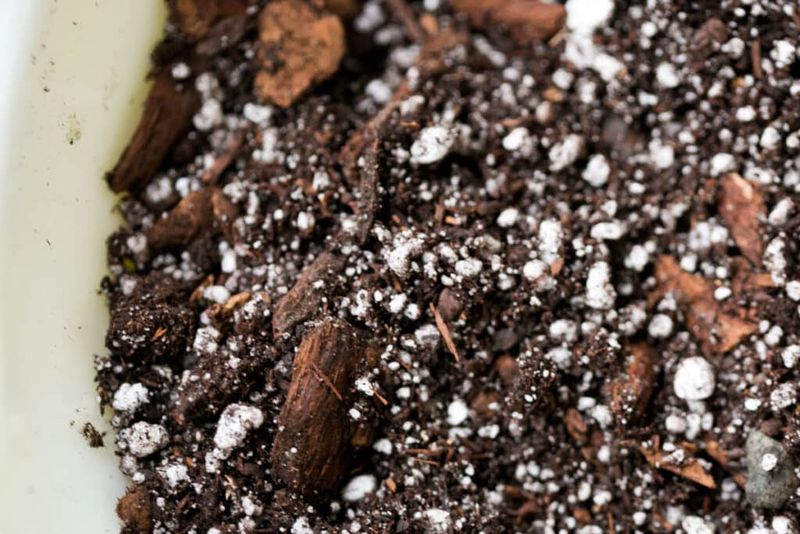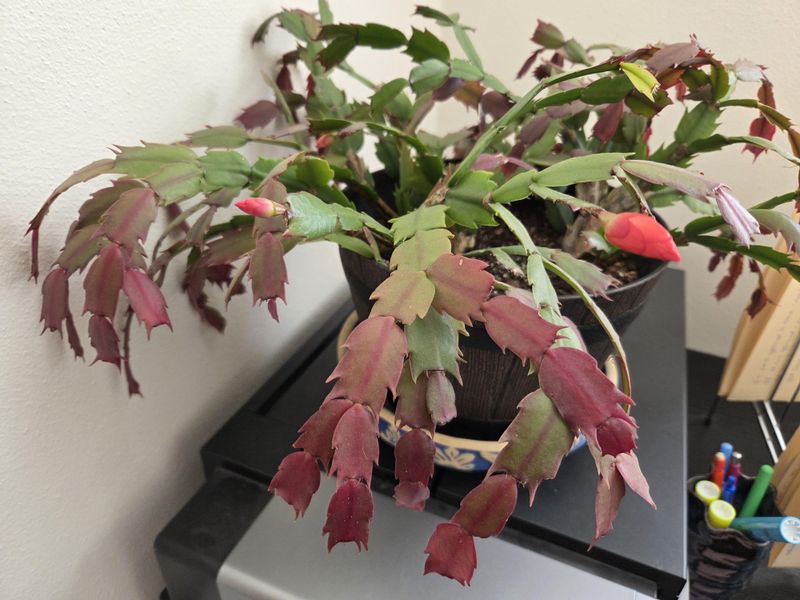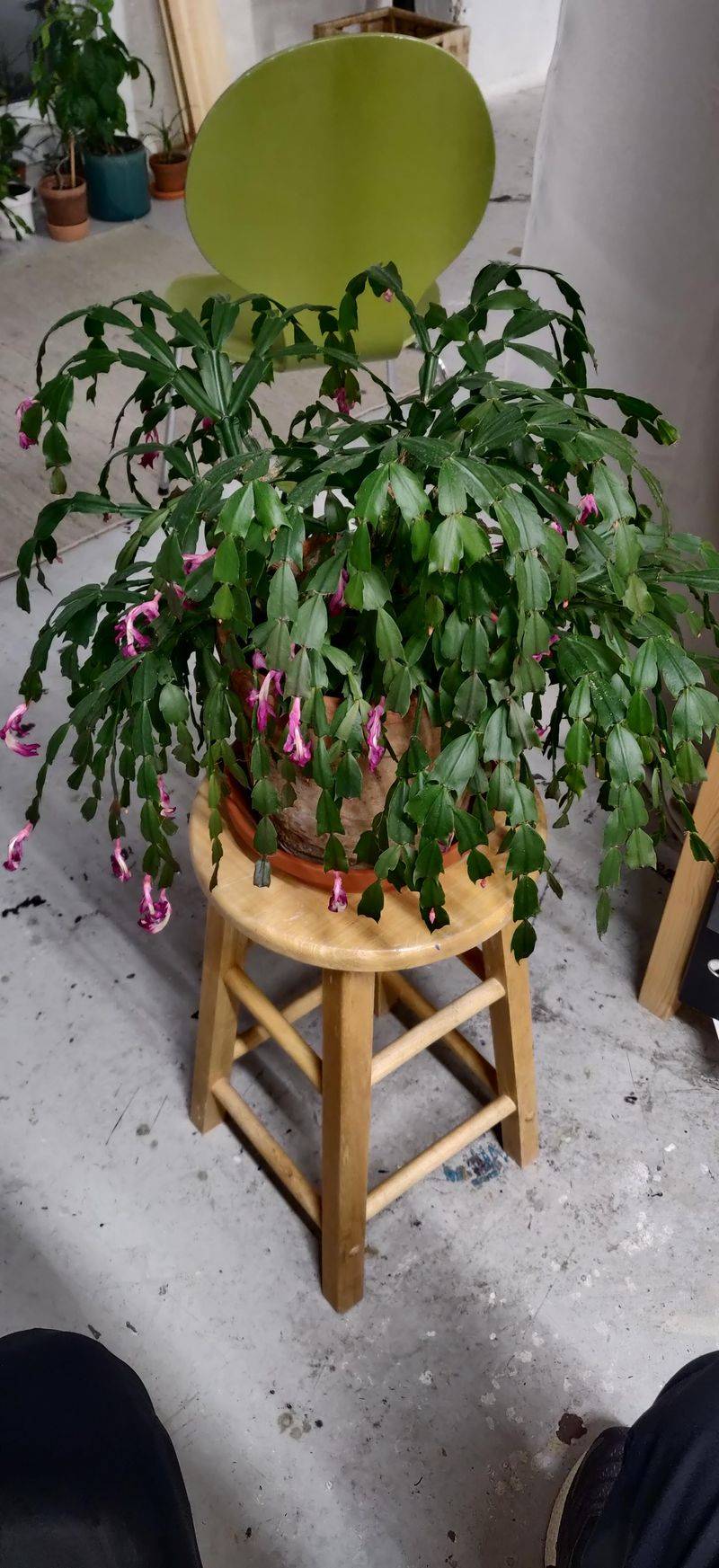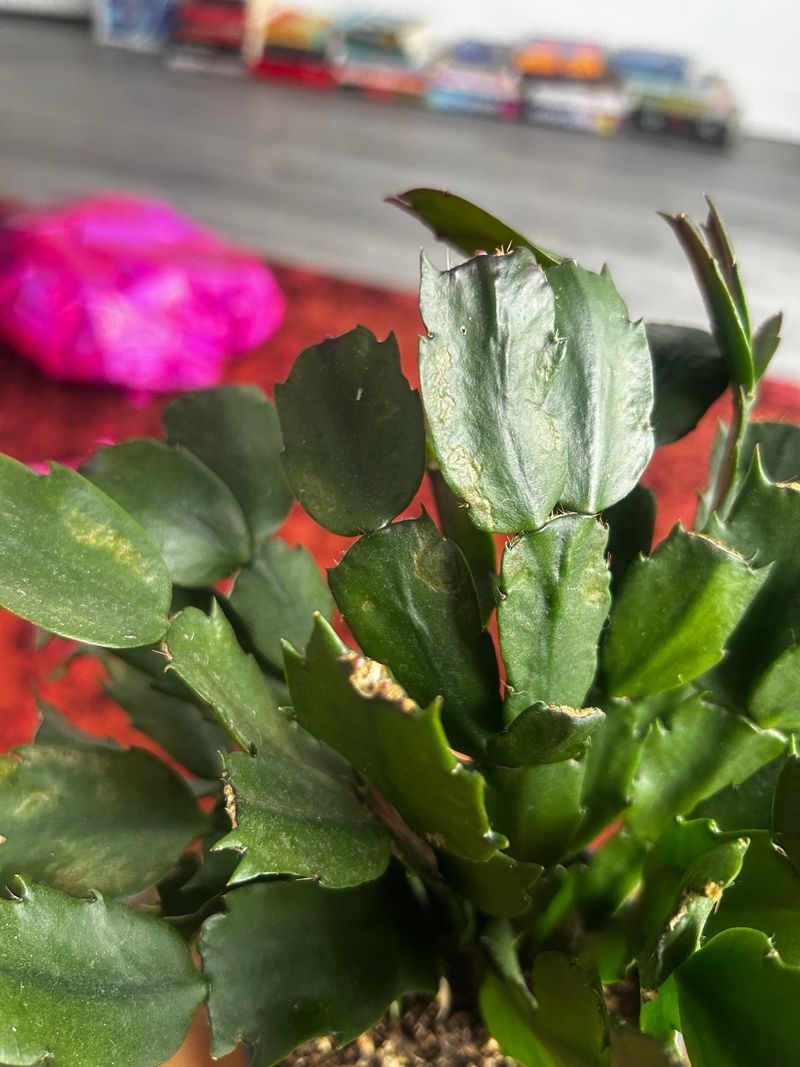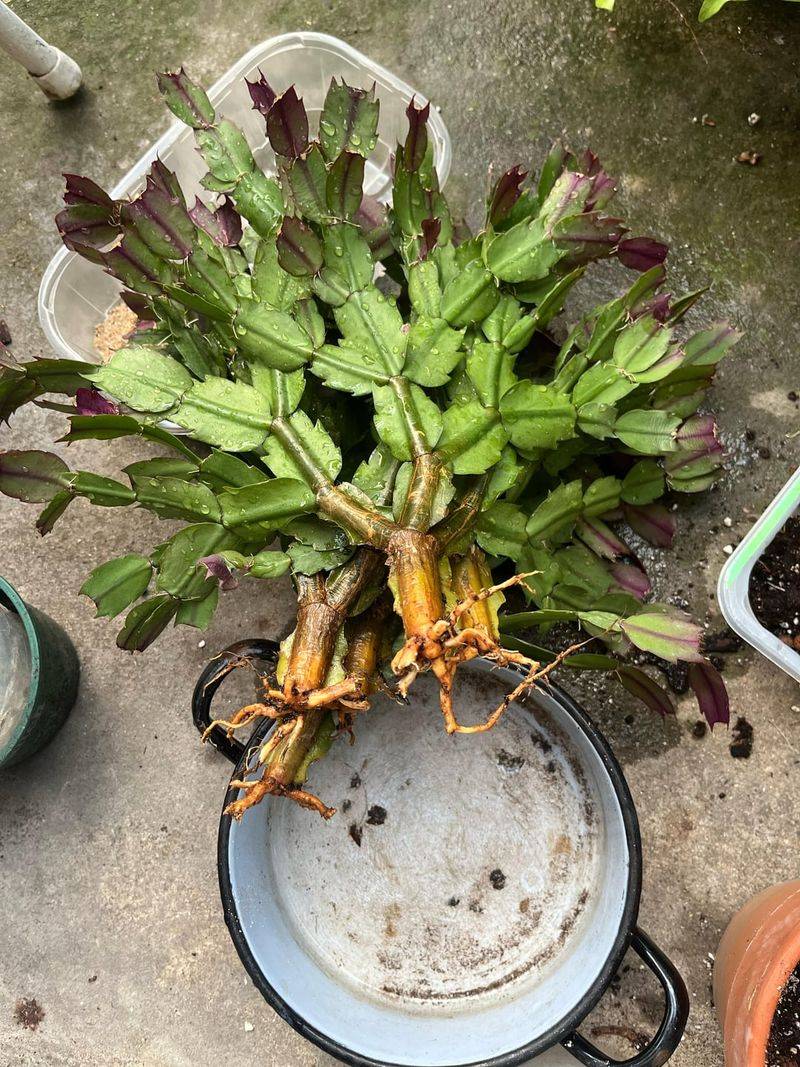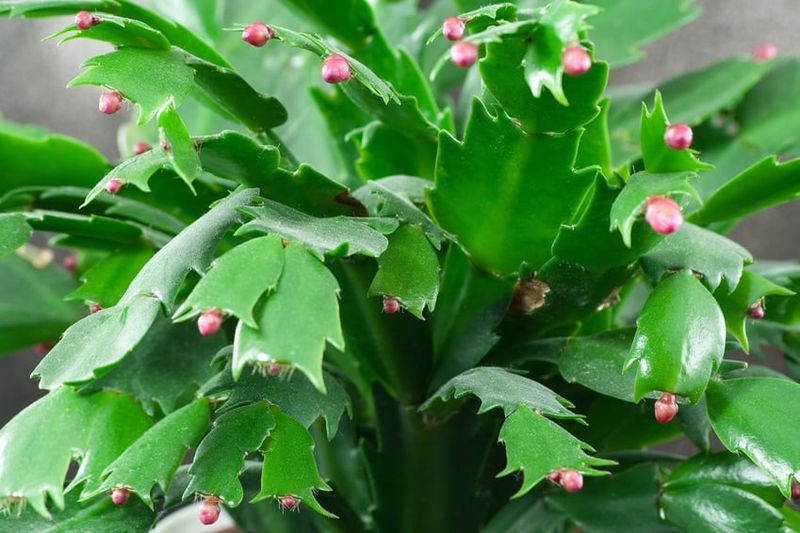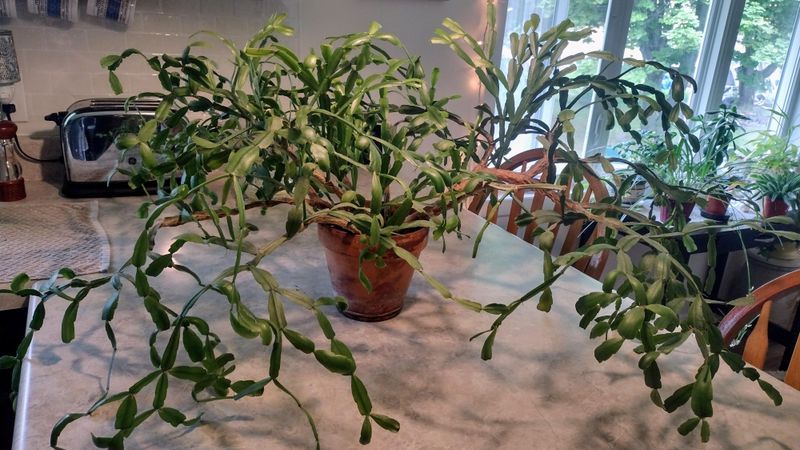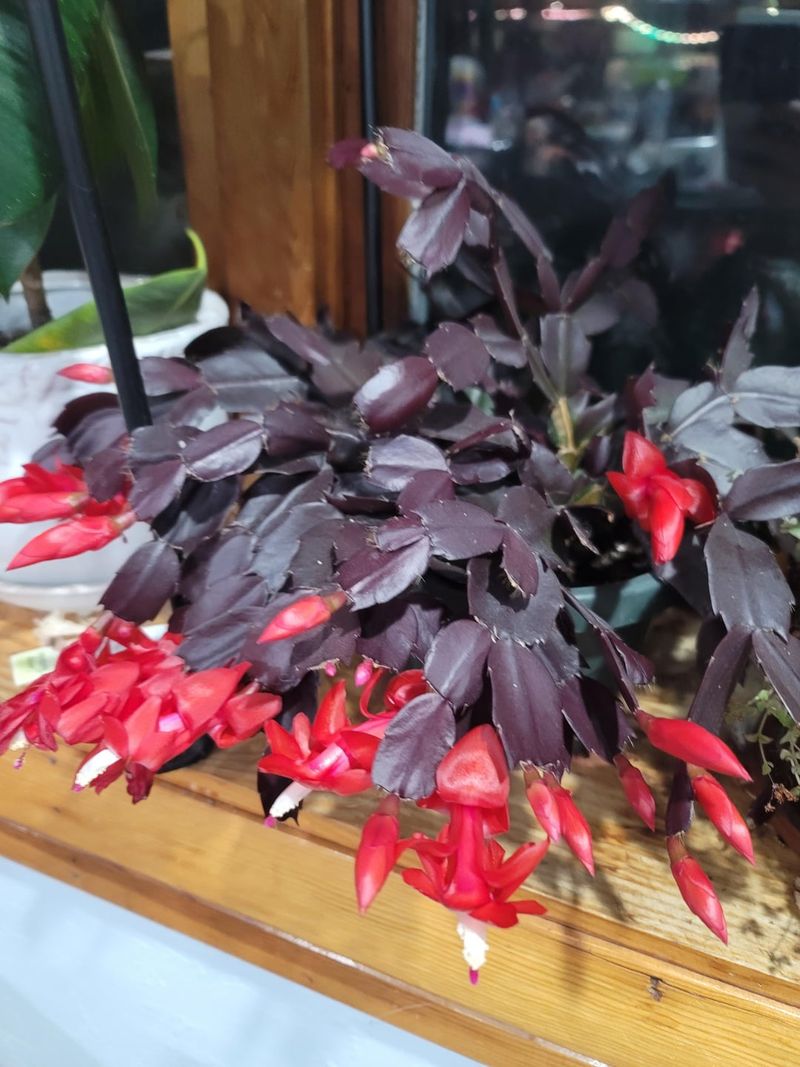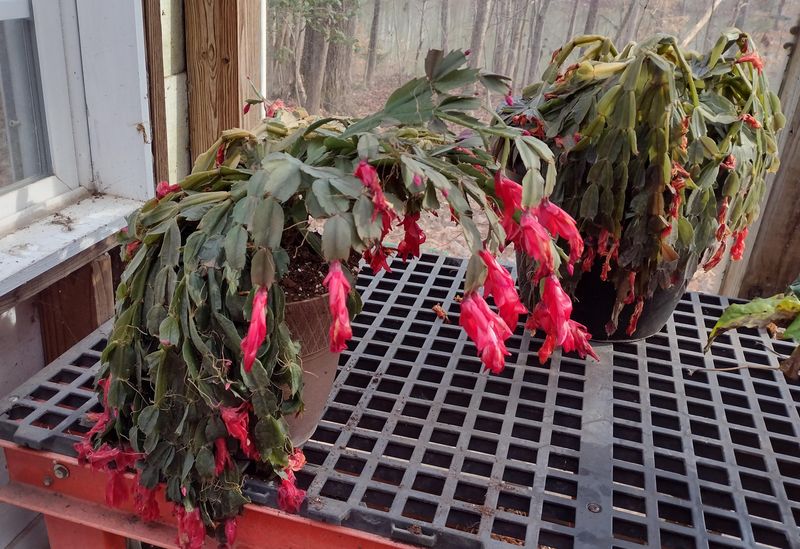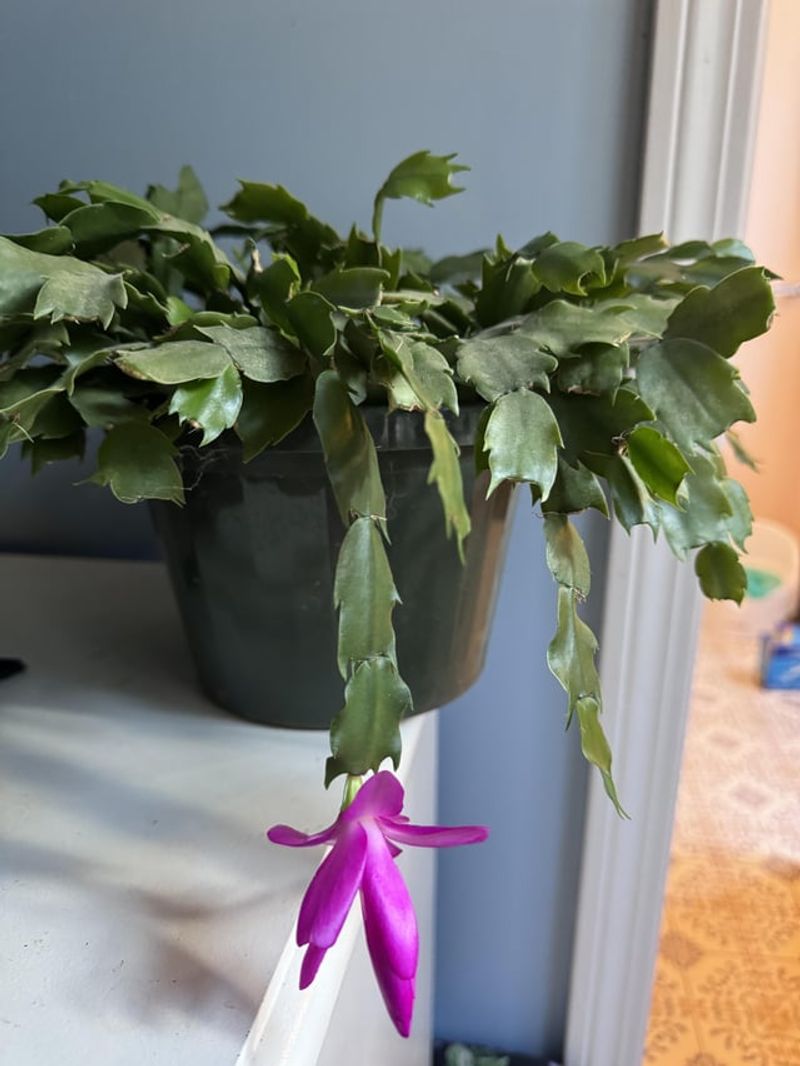Growing a stunning Thanksgiving cactus in Arizona’s sizzling August might sound like a stretch, but it’s absolutely doable. I’ve found 15 easy tweaks that help these desert-adapted beauties thrive, even in peak heat. It all comes down to adjusting care routines to suit our intense climate.
After years with my own plants, I’ve realized August is when the magic really begins. The dry air and blazing sun demand special attention, but the changes are surprisingly simple. What amazed me most was how early morning light patterns set the stage for fall blooms.
Neighbors often wonder why my cactus blooms so wildly while theirs barely bud. The secret? August care routines that honor both their tropical roots and our desert extremes. With just a few changes, your cactus can go from surviving the heat to stealing the Thanksgiving spotlight.
1. Morning-Only Watering Schedule
Desert heat evaporates moisture quickly, making early morning the perfect watering time for your Thanksgiving cactus. The cooler temperatures allow roots to absorb water before the intense afternoon sun hits.
Check soil moisture by inserting your finger about an inch deep—only water when it feels dry at this depth. Most plants need watering every 3-4 days during August, but this varies based on your specific indoor conditions.
2. Create A Humidity Microclimate
Arizona’s August brings bone-dry air that challenges tropical plants like the Thanksgiving cactus. Combat this by placing the pot on a pebble tray filled with water, making sure the pot sits above the waterline.
Group several houseplants together to create a naturally humid zone. During extreme dry spells, a light misting around (not on) the plant in the evening helps too. The increased moisture mimics its natural rainforest environment.
3. Filtered Light Positioning
Direct Arizona sunshine will scorch your Thanksgiving cactus leaves faster than you can say “sunburn.” Position your plant near an east-facing window where it receives gentle morning light but avoids the harsh afternoon rays.
Sheer curtains work wonders for filtering intense light. The leaves should maintain a bright green color—any reddish tinge indicates too much sun exposure. Moving the plant just a few feet can make the difference between stress and success.
4. Temperature Moderation Techniques
Even indoor plants feel Arizona’s August temperature swings. Keep your Thanksgiving cactus away from air conditioning vents that create cold drafts and hot air returns that blast warm air.
The ideal temperature range sits between 70-75°F during day and no lower than 65°F at night. Consider moving the plant to a more stable environment during extreme heat waves. Temperature stability now sets the stage for spectacular holiday blooming.
5. Specialized Desert Potting Mix
Regular cactus soil is too dense for Thanksgiving cacti in Arizona’s climate. Create a custom mix by combining two parts orchid bark, one part perlite, and one part quality potting soil for perfect drainage and moisture retention.
This mixture prevents the root rot that commonly occurs in our monsoon-affected August humidity while still holding enough moisture. Refresh the top inch of soil this month to provide new nutrients without disturbing established roots.
6. Strategic Fertilizing Approach
August marks the final fertilization before the pre-bloom rest period. Use a balanced liquid fertilizer at half strength to avoid burning the roots in the heat.
Apply early in the month, then stop completely to signal the plant to prepare for flowering. Too much nitrogen now leads to lush foliage but fewer blooms later. I’ve found that organic fertilizers like diluted worm tea work particularly well in our alkaline conditions.
7. Monsoon Humidity Monitoring
Arizona’s August monsoon season creates unpredictable humidity spikes that can affect your Thanksgiving cactus. Use a simple humidity gauge to track conditions, aiming for 40-50% humidity around your plant.
During particularly humid days, increase air circulation with a small fan set on low. Conversely, when monsoons miss and humidity drops below 30%, increase misting and pebble tray water levels. This balanced approach prevents both fungal issues and dehydration.
8. Gentle Leaf Cleaning Routine
Arizona’s dry climate means dust accumulates quickly on plant surfaces. Clean your Thanksgiving cactus leaves with a soft, damp microfiber cloth to remove dust that blocks light absorption and photosynthesis.
Work gently around the leaf segments, supporting each with your hand to prevent breakage. Avoid commercial leaf shine products that clog the plant’s pores. This monthly cleaning significantly improves the plant’s ability to prepare for blooming while keeping pests at bay.
9. Pest Prevention Protocol
August heat drives pests indoors, making vigilance crucial. Inspect your Thanksgiving cactus weekly, paying special attention to leaf joints and the soil surface where mealybugs and spider mites hide.
Keep neem oil spray ready for immediate treatment of early infestations. Isolate new plants for two weeks before placing near your cactus. The dry Arizona air makes spider mites particularly problematic, so increasing humidity also serves as preventative care.
10. Root Health Inspection
August is ideal for checking root health before the blooming cycle begins. Gently remove the plant from its pot and look for white or tan roots—a sign of good health. Brown or mushy roots indicate problems requiring immediate attention.
Trim any damaged roots with sterilized scissors and repot in fresh medium if needed. Healthy roots now ensure energy goes toward flower production later. I’ve saved several plants by catching root issues in August rather than waiting until problems become visible above soil.
11. Nighttime Light Reduction
Your Thanksgiving cactus tracks day length to determine when to bloom. Begin reducing exposure to artificial evening light in late August to simulate natural seasonal changes that trigger bud formation.
Move the plant to a room that stays dark after sunset, or consider using a closet or cabinet where it can spend evenings in darkness. Even street lights or bright lamps can disrupt this cycle. This early light training gives your plant a head start on spectacular holiday blooms.
12. Strategic Pruning Session
Early August is your last chance for pruning before bloom preparation begins. Remove any damaged segments and lightly shape the plant for balanced growth, using clean scissors to make cuts between segment joints.
Limit pruning to no more than 20% of the plant to avoid stress. Allow cut areas to callus for a day before watering. The segments you remove can be propagated into new plants—a perfect way to share Arizona-adapted specimens with friends.
13. Protective Shade During Heat Waves
Arizona’s August heat waves can push indoor temperatures to dangerous levels for your Thanksgiving cactus. Create temporary shade with lightweight curtains when temperatures exceed 100°F, even for plants not in direct sunlight.
Consider relocating plants to cooler north-facing rooms during extreme heat events. The segmented leaves act as temperature gauges—slight softening indicates heat stress requiring immediate action. This protection prevents the invisible damage that reduces blooming potential.
14. Consistent Rotation Schedule
Even filtered Arizona sunlight creates uneven growth when it consistently hits the same side of your plant. Establish a weekly rotation habit, turning the pot one-quarter turn each time to promote symmetrical development.
Mark one side of the pot with a small dot to track rotations. This simple practice prevents the leaning that often occurs as plants reach for light. Balanced growth now creates a more attractive display when holiday blooms arrive.
15. Preparation For September Bud Set
Late August marks the transition to pre-flowering care. Begin slightly reducing water (allowing the soil to dry completely between waterings) and maintain cooler nighttime temperatures when possible.
This mild stress signals your Thanksgiving cactus that blooming season approaches. Take photos to document your plant’s condition now for comparison with its spectacular November display. Many Arizona gardeners miss this critical transition period, then wonder why their plants don’t bloom abundantly.

